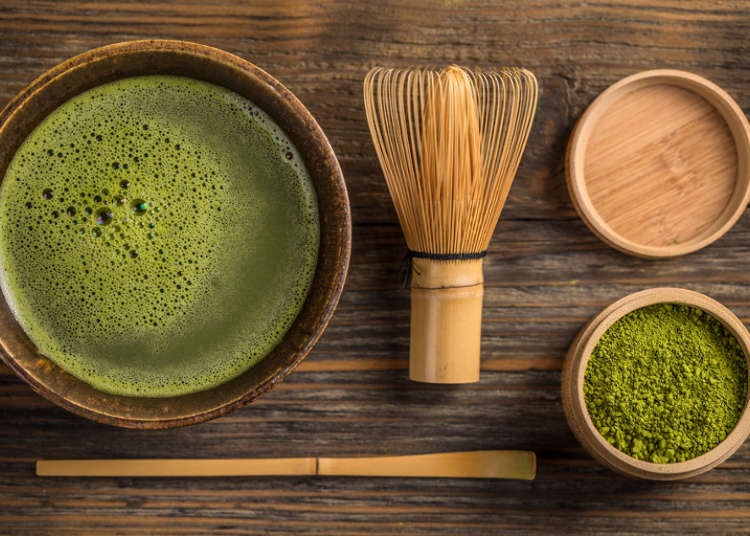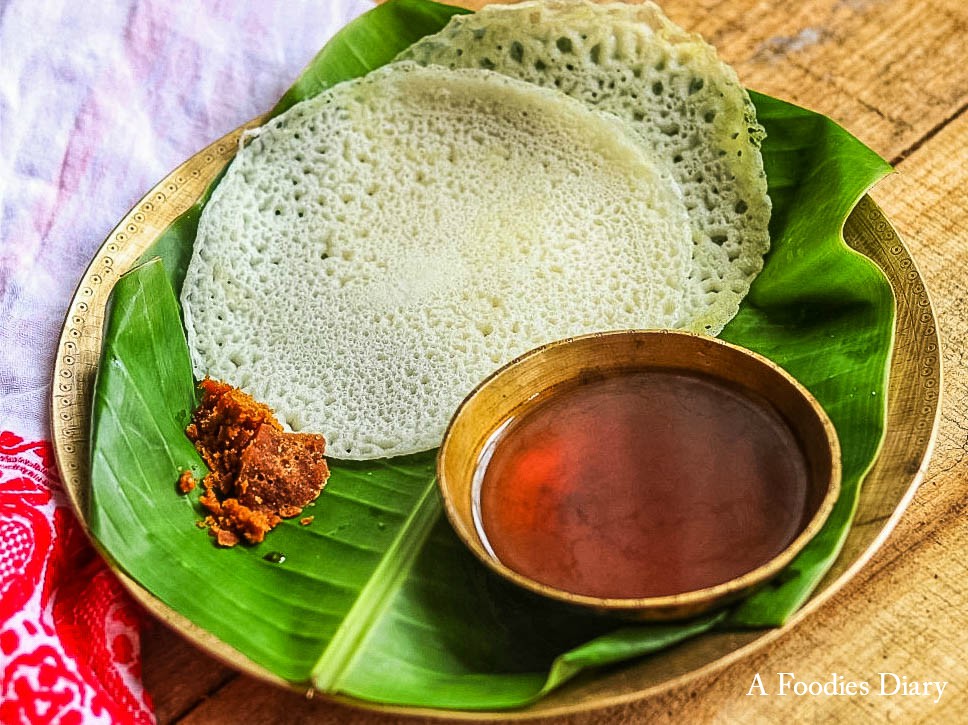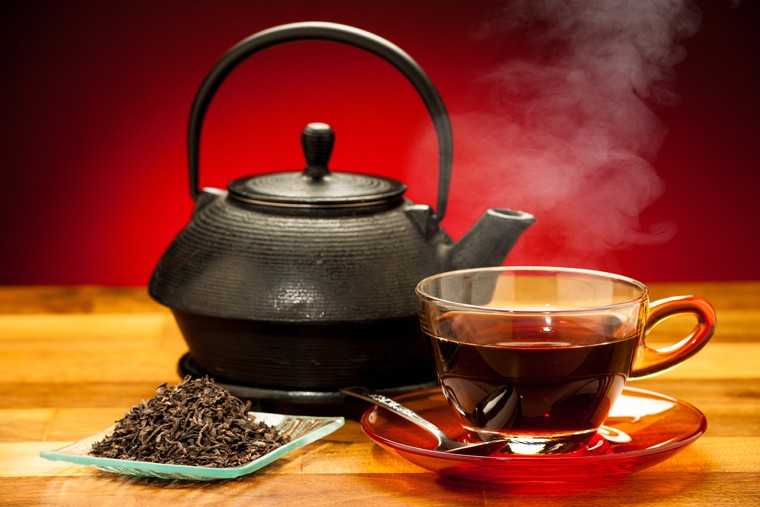
Among the whole world the Asian countries were first to taste the tea. First nation is China, Second is India and probably the third Asian nation who tasted tea and adopted it to its culture is Japan. Tea came to Japan from China. Japanese tea though has its own varieties yet it started from China. Almost in the sixth century tea spread to Japan with the tours of Japanese priests and envoys to China. Saicha and Kukai were the two Japanese priests, who brought the first tea seeds to Japan in 805 and 806 simultaneously and the tradition of Japanese tea began from the royal possession thereafter. Green tea was the first kind of tea that rooted in the culture of Japanese tea. Gradually tea plantation in Japan grew by large and became accessible to all. Tea became such a prominent beverage among Japanese that they adopted some tea based cultural ceremonies. Among them one is the ‘Tea ceremony of Japan’ which is present in Japanese culture even now. This tradition of Tea ceremony in Japan is originally from China. In the 15th century tradition was introduced by Buddhist Monks as a semi-religious traditional custom.
And when we simply mention about a Japanese Tea ceremony, it is totally incomplete without Matcha, the green tea of Japan. Yes, a Japanese Tea ceremony is almost incomplete without the Matcha tea. A Japanese Tea ceremony is based on the preparation, serving and drinking Matcha tea. Matcha tea is there in Japan from a long time back and came to light in the 15th century when the tradition of Japanese Tea ceremony was introduced by the Buddhist Priests and monks. Earlier Matcha was considered to be a royal quality of tea in Japan and was accessible only to the royal classes. Today, Matcha is widely used by all the Japanese people. From the Tea ceremony to flavor other food items this Japanese tea is now very widely used across Japan and neighboring countries. Though Matcha, the finely powdered green tea originally is from China, it lost its use in China and gradually disappeared from China. Japan kept on producing it and now Japan is the biggest producer of Matcha worldwide. Uji province in Japan has acquired and perfected the techniques of producing Matcha and because of this Matcha is sometime referred as the Uji tea. Matcha has become the life blood of Japanese tea culture along with the tea ceremony.
This Matcha tea which is finely powdered first started in China. It was developed from the angle of storing tea. Matcha tea is prepared by roasting and powdering the tea leaves. The whole production procedure of Matcha is a lengthy one. Matcha tea is grown in shades so that the tea leaves become darker green. Having a darker green tea leaf means more of amino acid and the amino acid makes the tea sweeter. More amino acid and sweetness are the main important characteristics of Matcha tea. The harvesting of this Japanese tea includes the finest buds those are handpicked. The leaves are left to dry and are not rolled out to dry as generally done in case of Gyokuro, the jewel dew tea. Japan in its regions like Uji, Nishio, Shizuoka and Kyushu produces all the matcha, the great Japanese tea of its kind.


